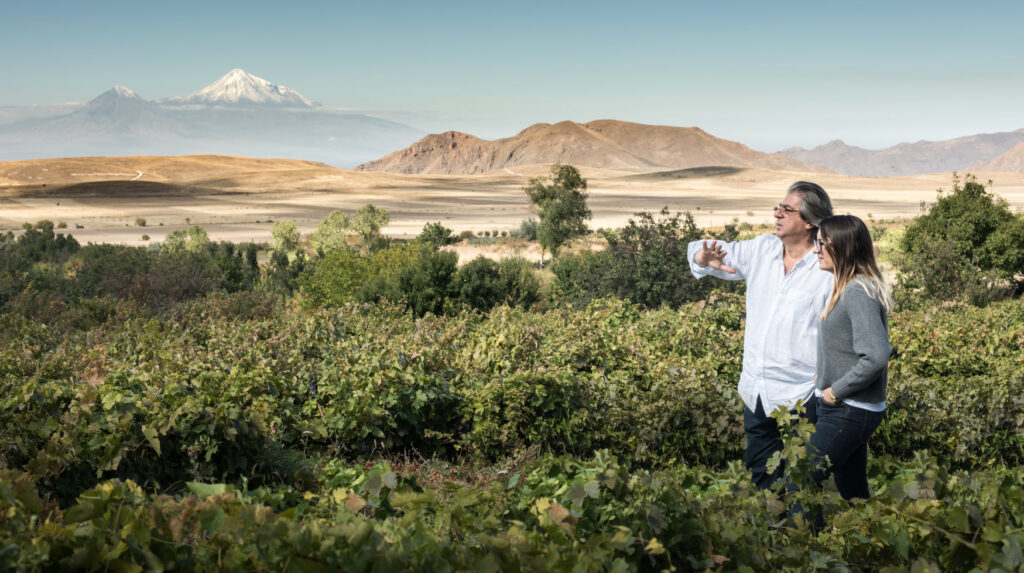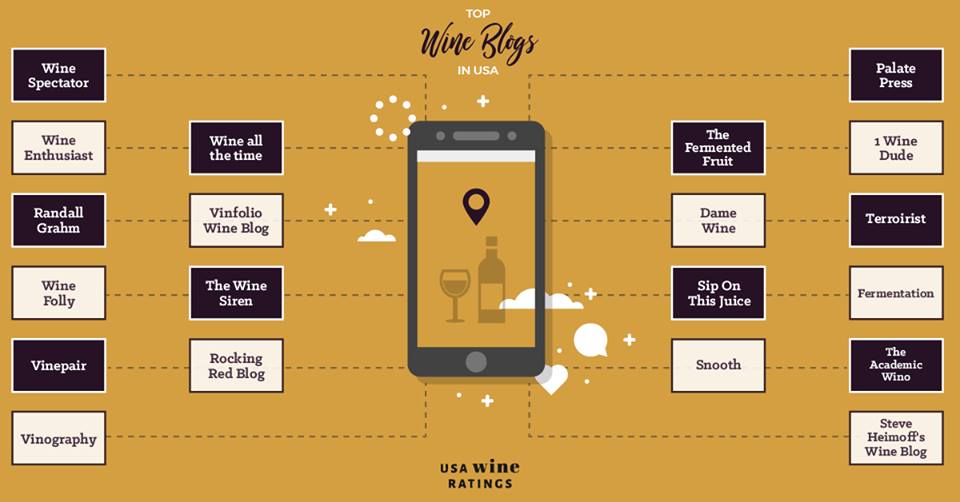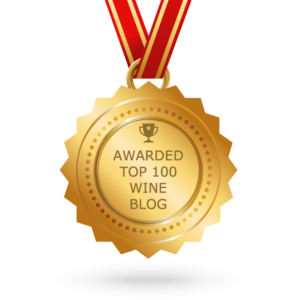For many wine producers, harvesting the grapes is the most stressful time period as it can make or break the future of potential wines. Some harvests are easier than others with enough time to gather the grapes with the days and nights going exactly as planned and making it a truly wonderful celebation of gathering ideally ripened fruit under easy circumstances. Yet there are other harvests where each step is trying, terrifying and at times exhausting as Mother Nature paints the skies grey with the gloom and doom of either too much rain or devastating hail. Neither an easy nor tough harvest is an absolute guarantee that the wine will be great as sometimes the cruelest vintages, with regards to weather, can produce incredible wines but those same wines will still send a chill up the spine of the winemaker as the memories of relentless stress are conjured by the very smell and taste of it.
The stresses and pressures that are faced during harvest can be very different in certain wine regions in Armenia and in their bordering conflict zones — dodging bullets while carrying small boxes full of wine grapes to the car and some being forced to use their tiniest vehicle to harvest the grapes so they are not noticed by military forces across the border between Armenia and Azerbaijan. Many of these wine grape growers have survived so much; from the repression of the Soviet Union to being placed into an unknown limbo after its dissolution in 1991 and now in a conflict zone where each harvest can become a literal life or death situation, especially in the Berdavan community in the North East province of Tavush. But remarkably, people somehow are able to give a lot of attention to their vines to grow grapes for quality wine as there has been an escalating interest in quality wines from Armenia.
In 2010, archaeologists “unearthed a wine press for stomping grapes, fermentation and storage vessels, drinking cups, and withered grape vines, skins, and seeds” which all together are “evidence of the world’s oldest known winery” in the Areni village in the famous Vayots Dzor wine province located in the southeastern part of Armenia. These discoveries are traced back at least 6,100 years and they were located in a cave now known as Areni-1 which proves humans produced wine “systematically” 1,000 years earlier than what had been previously noted. Armenia is home to over 400 native grape varieties and one can imagine since systematic winemaking had been there for so long with a wealth of grapes as well as a range of varying terroirs that it was on its way to becoming a well-established winemaking country until everything came to a screeching halt when the Soviet Union took it over in 1922.
Armenia made brandy for the Soviets and its neighboring country Georgia made wine and so many of the vineyards were managed for quantity, mixing all of the grapes without any concern for expression of grape variety or vineyard site as well as being removed from the world of wine with no reference point except for what the Soviet Union demanded.
It makes sense that the world discovered the ancient winemaking from Georgia sooner since their wine production never stopped as opposed to Armenia which has stayed longer as a hidden gem of an ancient winemaking land. But there would have had to be a pioneer that would be able to teach the people of Armenia how to manage vineyards, how to make wine that would be at the level of international high-quality standards, who knew people from the outside who could bring interest from the rest of the world; since many parts of Armenia are still a conflict zone surely it would take a warrior to set up such infrastructures within such a tumultuous place. But, no, the man who is pioneering the reemergence of Armenia is a lover not a fight, a man who through it all has never stopped dreaming the romantic dreams of walking on the wine path.
Vahe Keushguerian

Photo Credit: Antoine Bordier
Vahe Keushguerian is one such man who admits to winemaking not being a “rational business” but he is a man who has lived his life based on the beauty of connecting to people and having experiences that feed the heart and soul with love, excitement and fun. Although he was raised in the Armenian culture he has been a wandering soul from an early age with his family first moving from the western part of Mount Ararat, once Armenia but today Turkey, to Syria and then from Syria to Lebanon, growing up in Lebanon and going from Italy to various cities in the U.S. to eventually back to Italy and then to Armenia.
He initially got into the wine business in 1985 when he started a restaurant in Berkeley, California, and he has thought recently of those times again as one of his regular customers, Jim Clendenen, winemaker and owner of Au Bon Climat and famous original founding member of the “Rhône Rangers”, passed away a little over a month ago. Vahe can remember how fascinating it was to hear many of the Rhône Rangers’ founders come in and talk about their wines, as many times he would set up special menus with them. As Vahe’s obsession and reverence for fine wine grew, in 1994 he started a wine import company in California bringing in wines from Italy and France. Four year later he and his family moved to Tuscany as he said during that time it was an economically depressed area and so he was able to buy 87 acres “almost for free” and that is where he took a very romantic approach to learning how to become a winemaker as he knew what great wine tasted like; through trial and error he would eventually start making wines that he had loved to drink for years.
“It was really risky,” Vahe noted about jumping into winemaking in Tuscany but he is a man that leads with his heart and luckily he said that the demand for Tuscan grapes went up the following year after he purchased the vineyards. Then in ‘97 his life took an unexpected turn that would even surprise a free spirit like Vahe as that year he met a friend in Paris for a fun trip that ended up taking a detour to Armenia. Vahe was shocked to learn how long wine was made in Armenia and as he spoke to winemakers in the area, as well as visiting some of the top vineyard sites, he realized that Armenia was a special winemaking place to be discovered by the world.
Vahe said with a big laugh, “If I had to write it 20 years ago I would have still been making wine in Tuscany, end of story, and living happily ever after but over 15 years later I am making wine in Artsakh” – the Armenians refer to this area as the Republic of Artsakh, and it is a territory that sits between Armenia and Azerbaijan, but currently it is officially known outside of Armenia as Nagorno-Karabakh, a conflict zone with an Armenian ethnic majority, that is recognized by the U.N. as a part of Azerbaijan by a recorded vote of 39 in favor to seven against (Angola, Armenia, France, India, Russian Federation, United States, Vanuatu), with 100 abstentions.
At first, Vahe flew back and forth to Armenia helping to lay a foundation of improving the wine industry and then in 2009 he decided to move with his family – wife and two kids, to live in Armenia for a “gap year” as his children were going to high school in Maine. He would eventually live in the western area of Armenia, bordering Turkey, in the Armavir province and he has been there for the last 12 years and his daughter, Aimee, moved there full-time six years ago with 2015 being her first Armenian harvest.
Aimee founded Zulal in 2017, introducing the 2015 Zulal Areni Reserve and 2017 Zulal Voskehat wines with the red grape Areni and white grape Voskehat being two well-respected native grapes from Armenia and representing her mission of expressing these grapes and terroirs in single varietal wines – she has, since Zulal’s inception, started working with other native varieties as well.
Aimee discussed how the wine culture is exploding in Armenia as within a short amount of time, the first wine bar, In Vino, opened in 2015 and two years later the first wine focused restaurant opened, Wine Republic, and that each year she can see people getting more comfortable, especially women, drinking wine in communal settings as the old ways of the Soviet Union of drinking vodka or brandy in private rooms is fading.
This change in lifestyle was observed by Zack Armen, co-founder and president of Storica Wines — a U.S. import company bringing in Armenian wines, when he visited Armenia in 2017. Born and raised in the U.S., Zack who is 100% ethically Armenian, went back and forth to Armenia with his family every year as they were very involved in helping the Armenian community with his father’s charity, Children of Armenia Fund (COAF). “For some reason that year seemed to be an inflection point where all of a sudden we were drinking a lot of wine,” noted Zack and he continued, “as we either drank a lot of Russian vodka or Armenia brandy in the past but wine was never part of the things we would order” and he was also surprised that there wasn’t just lots of wine but good wine and wine bars and wine stores popping up all over the place. Zack was already involved in a venture fund where they were investing in agricultural technology and he had been already applying the knowledge to help Armenian vegetable farmers to work in a more sustainable way with his father’s charity but he never thought about wine until that visit in 2017.
Vahe was a friend of his father and they had partnered in different aspects of helping the COAF and once Zack spoke to Vahe and Aimee, learned more about the vineyards and tasted more wines, he knew that he had to find a way to start importing these wines into the U.S. and so he started with Aimee’s Zulal wines and Vahe’s Keush wines which are an expression of Vahe’s love for Champagne.
Second Generation of Pioneers
Vahe spoke of his excitement for his daughter and her generation when it comes to building the future for Armenian wines. Vahe started a custom crush facility called WineWorks that Aimee now helps to run that initially was to make it possible for him to produce his sparkling wines made in the Champagne-method (Méthode Champenoise) from vines that are over 100 years old that sit at an elevation around 5,800 feet in the famous Vayots Dzor wine region – making them some of the highest vineyards in the Northern Hemisphere – as well as making Aimee’s single varietal Zulal still wines. But over time WineWorks has also launched many Armenian wine producers as they help to get their feet off the ground during their first few years as well as being able to break barriers with placing indigenous variety names on the label such as the first time a grape variety was placed on an Armenian wine label with the Voskehat white variety on the 2013 inaugural vintage of Keush; today Voskehat is considered the white grape with the most potential for fine wine.
Then there is also their vineyard management company helping grape growers to produce more quality grapes leaving behind the Soviet practices of growing for quantity and their fight to establish legislation to help safeguard the future for quality wines in Armenia. And as if that isn’t enough, the EVN Wine Academy where Vahe is the co-founder is helping to give a formal winemaking education to the Armenian youth as well as give them opportunities to do internships in other countries so they can come back with that knowledge and experience to share with their community.
So there are many levels of how Vahe and Aimee are working to grow the Armenian wine industry to live up to its ancient winemaking heritage that ranges from the vineyards to the winery to branding and marketing showing the farmers and their children that there is a bright future for Armenian wines. Aimee was even part of a group that visited the Riedel wine glass factory in Kufstein, Austria, to design a glass for the Armenian native variety Areni; today the Riedel ‘Performance Pinot Noir’ glass lists Areni as one of the grape varieties that it is made for. And she has even connected to U.S. female winemakers through the Bâtonnage forum which brings women in the wine industry together to ask for advice when it comes to winemaking. It has been a tremendous amount of work and their wines show not only the solid infrastructure they have created but the incredible potential as the Keush and Zulal wines express something very distinctive and unique yet they are classic and stunning in their elegance and beauty.
But even though Aimee is an impressive 28-year-old who has really had to take over and learn every aspect of the wine business, she credits her father Vahe as making any of what they are doing with wine in Armenia possible. Her hope is to take what her father has already built and through time bring in organic and biodynamic practices and design the vineyards with a mindset towards quality which is challenging because each acre is broken up between several farmers where each owns two rows of the vineyard; but even with their Soviet Union designed vineyards they are already producing impressive wines so that is a great sign for the future of Armenian wines.
The wine regions of Armenia have challenges like few other in the world and they needed someone desperately from the outside who was deeply emotionally invested in Armenia to come and discover what it had to offer and be willing to make that commitment, and that man is Vahe Keushguerian.
It was interesting to learn that the reason Vahe was moving to Nagorno-Karabakh (Artsakh) is because, according to Aimee Keushguerian, Armenians have recently lost 70% of their land there to a war last fall with Azerbaijan which included the loss of three incredibly important Armenian wineries, vineyards and forests that they used for Caucasian oak. And so Vahe, a man that has lived his life following his heart into wine, has gotten into politics and he has been appointed advisor to the Armenian Prime Minister on economic development. He is coordinating with all the international development companies, the donors and the fundraisers to focus help towards those in Nagorno-Karabakh (Artsakh) and to try to protect what they have left of their vineyards and build a wine cooperative.
“Our wine industry is so important,” Aimee exclaimed, “as our grapes will give us a reason to stay and defend our land as we can’t and we won’t lose our vineyards!” And it just took an ethnically Armenian man, who like many immigrants belonged everywhere and nowhere, basing his life on the romantic visions of his wine dreams; he was supposed to live out his wine fantasy in Tuscany until he discovered to his surprise that in his own blood there was thousands of years of wine culture.
***This article originally appeared in Forbes: https://www.forbes.com/sites/cathrinetodd/2021/07/23/one-of-the-oldest-wine-producing-countries-growing-grapes-in-conflict-zones-the-reemergence-of-armenia/

The wines below are from the famous Vayots Dzor wine province that has proof that wine has been made there for at least 6,000 years if not much longer. The vineyards are many times up high in the mountains, over 4,000 feet, and are planted with ancient indigenous varieties such as the white grape variety Voskehat and the red grape Areni that has vines averaging around 40 to 50 years old that reach up to over 100 years of age. Many of these vines were used for local homemade wine as the vines were not capable of producing large quantities for the Soviet Union and so the winemaking culture has never stopped in this area of Armenia

Photo Credit: Cathrine Todd
NV Keush ‘Origins’, Méthode Traditionnelle Brut, Vayots Dzor, Armenia: 60% Voskehat and 40% Katouni coming from high-elevated (4,920-5,577 feet) volcanic and limestone soils with minimum 22 months lees aging. Lightly toasted bread notes with intense minerality and hint of lemon blossom and white flowers on the nose with marked acidity, lots of energy and finely creamy textured bubbled on the palate. Really impressively elegant all around! $26.
2019 Zulal, Voskehat, Vayots Dzor, Armenia: 100% Voskehat. White flowers and stony minerality makes me think that the indigenous variety Voskehat from Armenia typically has these qualities as the above sparkling had the same notes. Tangy and flavorful with green mango and juicy peach on the palate with crisp acidity and a lifted expressive finish. $20.

2018 Zulal, Areni ‘Reserve’, Vayots Dzor, Armenia: Uniquely pretty nose with spiced pickled cherries, cinnamon bark and lily of the valley wafting in and out with mouth watering acidity, soft tannins with bright red cherries and floral lift continuing on the finish. Wow! So unique yet also perfectly balanced – typically the two don’t go together. $22.












